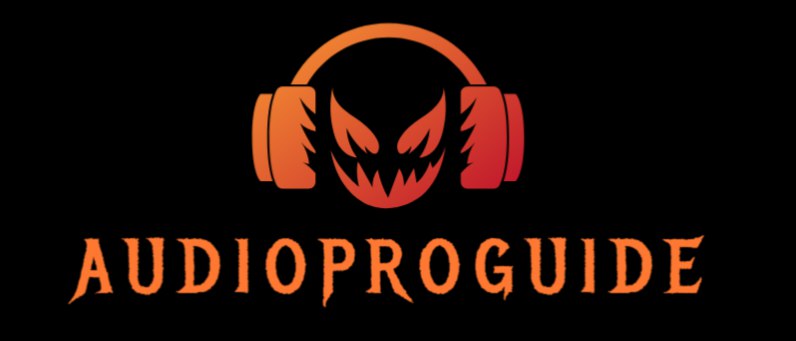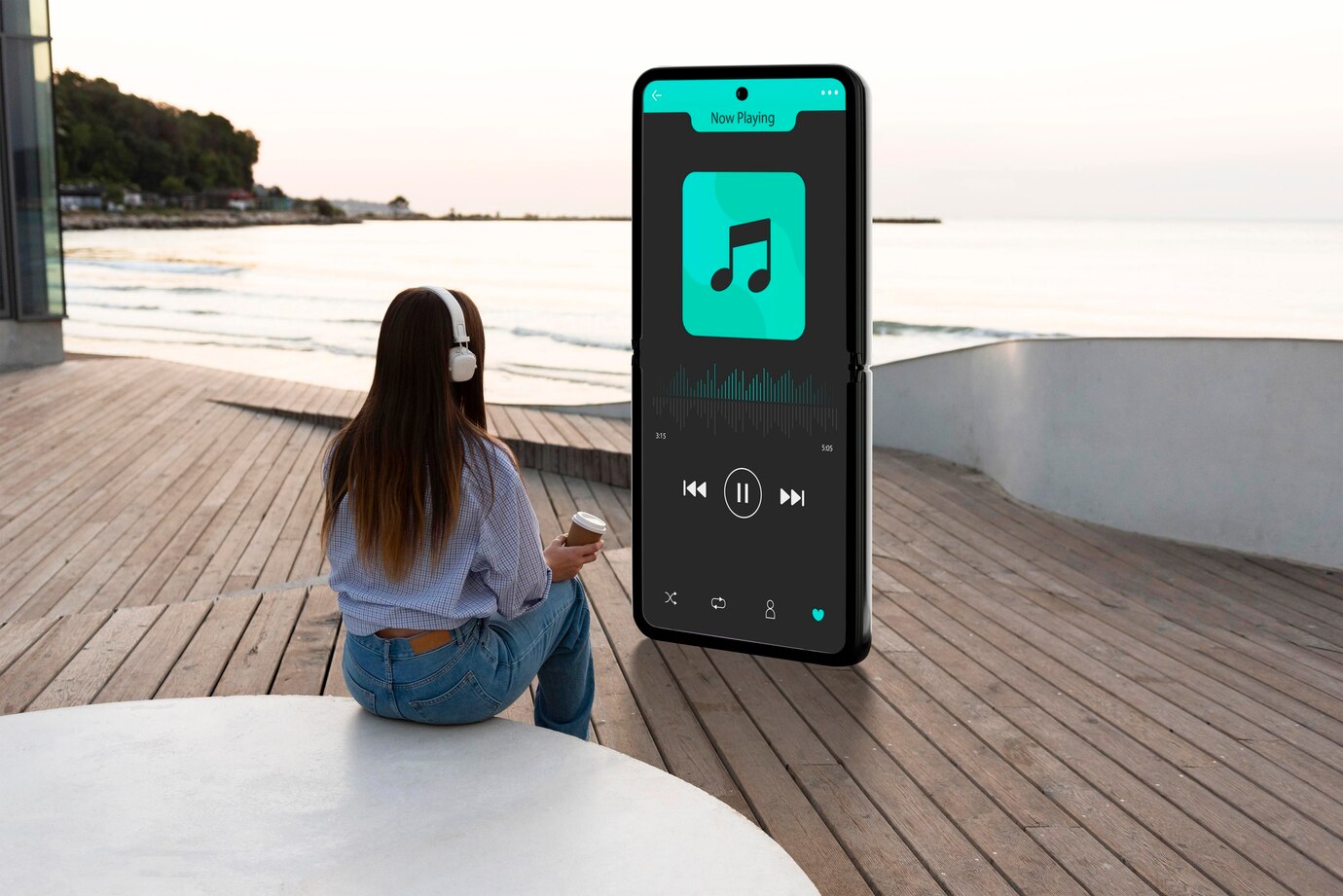Trapped on a commute with a music library overflowing with incompatible formats? Fear not, audiophiles! The mobile revolution hasn’t just brought streaming giants and viral tunes – it’s unleashed a wave of powerful apps that put editing and converting your audio universe right at your fingertips. Forget clunky desktop software and tangled cables; in this pocket-sized paradise, you can trim, tweak, and transmute your sonic treasures on the fly, whether you’re conquering rush hour or basking on a beach.
Overview of Mobile Apps for Audio Conversion
The advent of mobile apps for audio conversion has revolutionized the way individuals interact with and manipulate audio content. These applications serve as portable, versatile tools that enable users to edit and convert audio files directly on their smartphones or tablets. Unlike traditional desktop software, these mobile apps offer a level of convenience and accessibility that caters to a broad spectrum of users, from audio professionals to casual enthusiasts.
Historically, audio editing was confined to desktop platforms, requiring users to invest in specialized software and possess technical expertise. However, the rise of mobile devices equipped with advanced processing capabilities has paved the way for a new era in audio editing. Mobile apps for audio conversion have evolved to meet the growing demand for on-the-go editing, facilitating a paradigm shift in the accessibility and democratization of audio editing tools.
The appeal of mobile apps for audio conversion lies in their ability to cater to a diverse user base. Music producers, podcasters, journalists, educators, and hobbyists can all benefit from the flexibility these apps offer. The intuitive interfaces and simplified workflows of these apps make audio editing accessible to individuals with varying levels of technical expertise, expanding the reach of audio content creation.
Mobile apps bring audio editing capabilities to users’ fingertips, eliminating the need for a dedicated workspace or high-end hardware. The portability of these apps allows users to engage in audio editing activities wherever they are, whether on a commute, in a studio, or during a live event. This increased accessibility enhances the spontaneity of audio editing and encourages creativity in a variety of settings.
The integration of audio conversion tools into mobile devices aligns seamlessly with contemporary lifestyles. Users can capture audio using their device’s built-in microphone, import existing files, and immediately begin the editing process. This integration with daily activities enhances the overall user experience and encourages spontaneous creativity without the need for additional equipment.
Key Features of Mobile Apps for Audio Conversion
Mobile apps for audio conversion come equipped with a plethora of features that make them versatile tools for editing and converting audio files on the go. These features cater to the diverse needs of users, ranging from basic audio trimming to advanced real-time editing capabilities. Here are some key features that distinguish these mobile apps:
- Intuitive User Interface: Mobile apps prioritize an intuitive and user-friendly interface, ensuring that individuals with varying levels of technical expertise can navigate and utilize the tools seamlessly. Touch-based controls, drag-and-drop functionality, and visual representations of audio waveforms contribute to a user interface that facilitates efficient and enjoyable editing experiences.
- Format Compatibility: A critical feature of mobile apps for audio conversion is their ability to support a wide array of audio formats. This ensures that users can import, edit, and export audio files in formats compatible with different devices, platforms, and applications. Commonly supported formats include MP3, WAV, AAC, FLAC, and more, providing flexibility in handling diverse audio content.
- Real-Time Editing: Advanced mobile audio conversion apps offer real-time editing capabilities, allowing users to make instantaneous adjustments to their audio files. This feature is particularly beneficial for professionals who require quick and precise edits during live events, recording sessions, or any situation where immediate modifications are essential.
- Cloud Integration: Many mobile apps seamlessly integrate with cloud services, such as Google Drive, Dropbox, or iCloud. This integration allows users to store, access, and edit their audio files across multiple devices. Cloud-based storage ensures that users can continue their editing workflow seamlessly, whether they switch between different mobile devices or transition to desktop editing software.
- Batch Processing: To enhance productivity, some mobile apps for audio conversion provide batch processing capabilities. Users can select and process multiple audio files simultaneously, saving time and effort, especially when dealing with large volumes of audio content. This feature is advantageous for tasks like converting an entire album or podcast series to a different format.
Advantages and Merits
Mobile apps for audio conversion present a host of advantages that have solidified their position as indispensable tools for audio editing on the go. The primary allure lies in their portability and convenience, empowering users to engage in audio editing tasks wherever inspiration strikes. This is particularly beneficial for musicians, content creators, and podcasters who need the flexibility to make spontaneous edits without being tethered to a dedicated studio.
Cost-effectiveness is a notable merit, as many of these apps are either low-cost or entirely free. This accessibility democratizes the power of audio editing tools, making them available to a broader audience, including students, hobbyists, and those with budgetary constraints. The removal of financial barriers encourages a more diverse community of users to delve into creative audio projects.
Moreover, the user-friendly interfaces of these apps cater to individuals with varying levels of technical expertise. Novices can seamlessly navigate the tools without the need for extensive training, fostering a more inclusive approach to audio content creation. This accessibility promotes experimentation and creativity, allowing a wider range of users to explore the realm of audio editing.
Collaboration and sharing features further enhance the appeal of these apps. The ability to easily share edited audio files with colleagues or collaborators fosters teamwork in creative projects. Whether it’s sharing snippets for feedback or collaborating on a podcast episode, these apps facilitate seamless communication and collaboration within the audio editing process.
In terms of time efficiency, the real-time editing capabilities and quick access to tools streamline the editing process. Users can make immediate adjustments to audio files, saving valuable time, especially in time-sensitive scenarios such as live events or rapid content creation. The efficiency gains contribute to a more dynamic and responsive audio editing workflow.
| Advantages | Description | Example Apps |
| Portability and Convenience | Enables on-the-go audio editing, providing flexibility for spontaneous edits and creative endeavors. | GarageBand, BandLab, FL Studio Mobile |
| Cost-Effectiveness | Low-cost or free apps make powerful audio editing tools accessible to a broad audience, breaking financial barriers. | Audacity, WaveEditor, Lexis Audio Editor |
| Accessibility for Amateurs | User-friendly interfaces cater to users with varying technical expertise, promoting inclusivity in audio content creation. | Acoustica Audio Editor, Audio Elements, Music Editor |
| Collaboration and Sharing | Facilitates easy sharing of edited audio files, fostering collaboration and communication in creative audio projects. | Soundtrap, Spire, Cubasis |
| Time Efficiency | Real-time editing capabilities and quick access to tools contribute to an efficient and responsive audio editing workflow. | n-Track Studio, Audio Evolution Mobile, Walk Band |
Challenges and Limitations
While mobile apps for audio conversion offer numerous advantages, they are not without their challenges and limitations. Recognizing these constraints is essential for users to make informed decisions and manage expectations when utilizing these tools:
- Limited Processing Power: One significant challenge is the inherent limitation in the processing power of mobile devices compared to traditional desktop computers. Audio conversion processes, especially for high-quality or large files, may be more time-consuming on mobile platforms. This limitation can impact the efficiency of the editing process, particularly for tasks that demand extensive computational resources.
- Feature Limitations: Despite the advancements in mobile app technology, these applications may not match the comprehensive feature set found in professional desktop software. Users with advanced audio editing needs, such as intricate mixing, mastering, or complex effects, may find certain functionalities lacking in mobile applications. Feature limitations can pose challenges for professionals seeking a more robust and intricate editing environment.
- Storage Constraints: Mobile devices often have limited storage capacity, which can be a significant limitation when dealing with large audio files or extensive audio projects. Users may need to manage their storage space carefully, regularly transferring or backing up files to external storage or cloud services. This constraint becomes particularly relevant for users who work on multiple projects concurrently or deal with high-resolution audio files that consume significant storage space.
- Dependence on Mobile Operating Systems: The performance and functionality of mobile apps for audio conversion are inherently tied to the capabilities and limitations of the underlying mobile operating systems (OS). Updates or changes in the OS can impact the compatibility and stability of these apps. Users may encounter challenges when transitioning between different devices or operating system versions, affecting the overall user experience.

